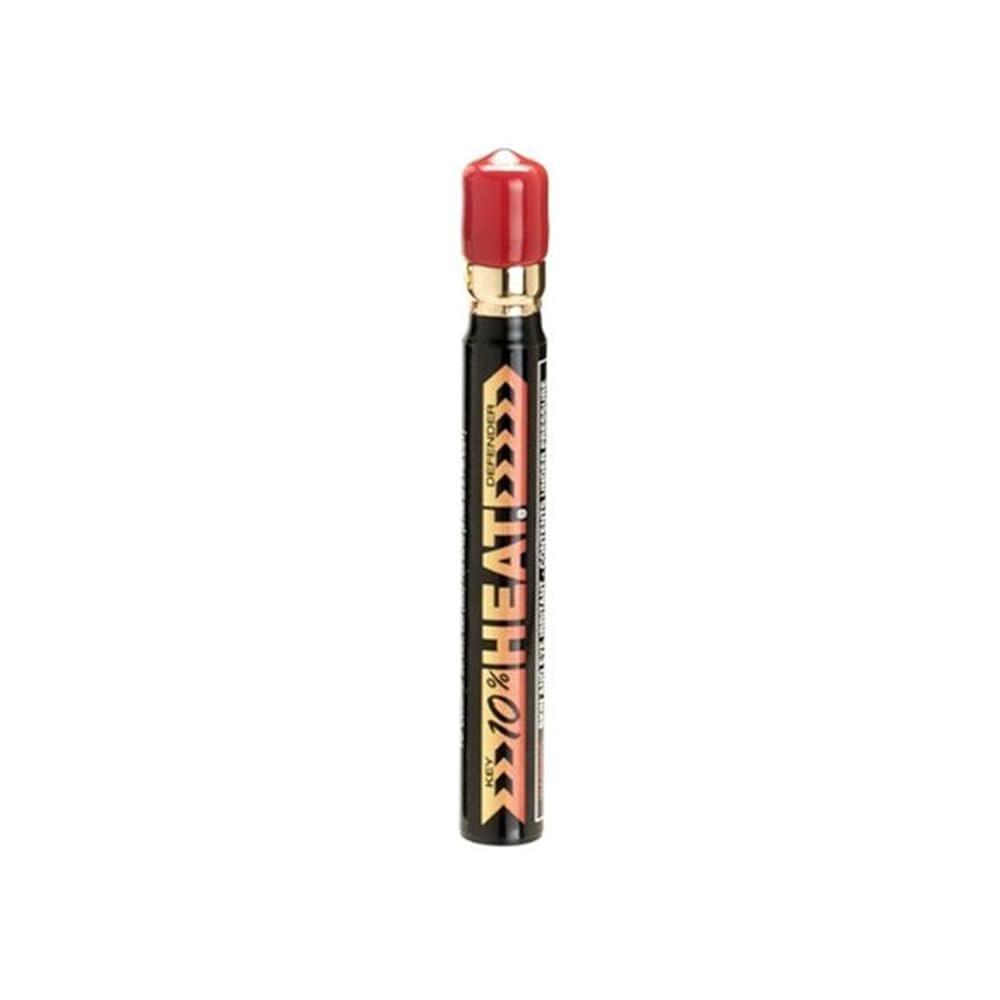Table of Contents
- Understanding the Shelf Life of Pepper Spray and Its Impact on Performance
- Signs Your Pepper Spray May No Longer Be Effective
- Factors Influencing the Frequency of Replacing Your Pepper Spray
- Expert Recommendations for Maintaining and Replacing Pepper Spray Safely
- Future Outlook
Understanding the Shelf Life of Pepper Spray and Its Impact on Performance
Pepper spray, like many safety tools, has a limited shelf life that directly affects its effectiveness. Most manufacturers recommend replacing your canister every 2 to 4 years, depending on storage conditions and the type of propellant used. Over time, the active ingredients may degrade, the propellant can lose pressure, and the nozzle may clog, all of which reduce its ability to discharge correctly when you need it most. Regularly checking the expiration date and inspecting the canister for signs of damage or leaks is crucial to ensure your pepper spray will perform reliably in an emergency.
Several factors can accelerate the deterioration process, including:
- Exposure to extreme temperatures: Both heat and cold can weaken the propellant and cause the spray to lose potency.
- Physical damage: Drops or impacts may compromise the canister’s integrity.
- Improper storage: Keeping the spray in places with high humidity or direct sunlight can lead to corrosion and chemical breakdown.
Signs Your Pepper Spray May No Longer Be Effective
Over time, your pepper spray can lose its potency and reliability, even without visible damage to the container. One of the most obvious signs that your pepper spray may no longer be effective is a change in the spray pattern. Instead of a tight, focused stream or powerful fog, you might notice it sprays weakly, sputters, or disperses unevenly. Additionally, if the spray nozzle is clogged or sticky, this can also interfere with proper discharge, reducing its ability to deter an attacker. Always check for any discoloration or leaks around the canister, as these can indicate internal deterioration.
Another critical indicator is the expiration date printed on the canister. Once expired, the pressure inside the container can drop, leading to a lighter or incomplete spray. If your pepper spray feels unusually light when you shake it or if the propellant sounds different when pressed, consider replacing it immediately. Remember, maintaining a fully functional device is essential for your safety. Keep an eye out for:
- Physical damage or dents on the container
- Clogged or misaligned spray nozzle
- Expired or missing expiration date
- Weak or inconsistent spray discharge
Factors Influencing the Frequency of Replacing Your Pepper Spray
Several key elements determine how often you should consider replacing your pepper spray to ensure it remains effective when you need it most. First, the expiration date indicated by the manufacturer serves as a reliable baseline; once this date passes, the chemical potency and propellant pressure can diminish, reducing the spray’s range and intensity. Environmental factors also play a critical role-exposure to extreme temperatures, humidity, and direct sunlight can degrade the spray’s canister and formula, necessitating more frequent replacement than the standard shelf life suggests.
Another important aspect to consider is how frequently the pepper spray is carried and handled. If you regularly carry your spray on your person or in a bag, constant movement, jostling, and potential exposure to moisture can impact its integrity. Additionally, if you have discharged your pepper spray, even minimally, it’s essential to replace it immediately as refill options are often unavailable, and partial use compromises its reliability. To keep track effectively, consider maintaining a visible replacement schedule or using reminders to revisit your pepper spray’s condition and replace it proactively for ultimate safety assurance.
Expert Recommendations for Maintaining and Replacing Pepper Spray Safely
To ensure your pepper spray remains effective and safe to use, regular maintenance is essential. Always store your pepper spray in a cool, dry place away from direct sunlight and extreme temperatures, as heat can degrade the active ingredients. Routinely check the expiration date printed on the canister and inspect the spray nozzle for clogs or damage. If the spray stream appears weak or inconsistent during a test spray (preferably done in a safe, controlled environment), it’s time to replace the unit immediately to avoid relying on a compromised defense tool.
Experts recommend the following best practices for pepper spray upkeep:
- Test your spray every 6 months to ensure proper function.
- Replace pepper spray cans once they reach their expiration date, typically every 2 to 4 years.
- Keep the container tightly sealed to prevent leaks and maintain pressure.
- Avoid carrying pepper spray in high temperatures, such as inside a hot car.
- Retain original packaging and safety instructions for quick reference.
By adhering to these guidelines, you maximize both the lifespan and reliability of your pepper spray, ensuring it delivers maximum protection when you need it most.
Future Outlook
In conclusion, regularly replacing your pepper spray is essential to ensure it functions effectively when you need it most. Most manufacturers recommend swapping out your canister every 1 to 4 years, but always check the expiration date and inspect for any signs of damage or leakage. Staying proactive about your safety means not only carrying pepper spray but also maintaining it properly. By keeping your spray fresh and reliable, you’re taking an important step toward protecting yourself with confidence. Stay safe out there!Check Our Other Blogs
- StunGun – Your Trusted Source for Stun Guns, Laws, and Self-Defense Tips
- PepperSprayLaws – Your Trusted Resource for Pepper Spray Information
- StunGunLaws – Your Trusted Guide to Stun Gun Legality and Safety




